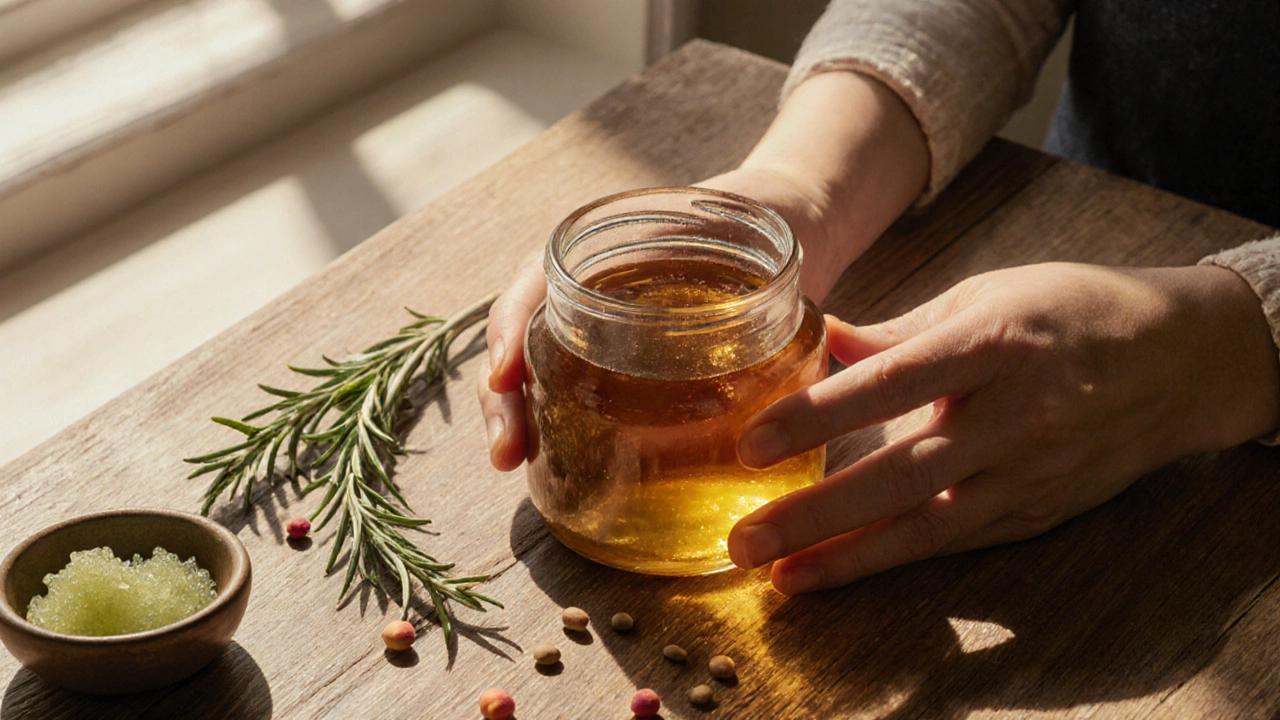100% Natural – What It Means and Why It Matters
When you talk about 100% natural, a product or practice that contains no synthetic additives or harmful chemicals. Also known as purely natural, it aims to deliver the benefits of nature while keeping safety front and centre. This concept encompasses the use of organic ingredients, plant‑based components grown without synthetic pesticides or fertilisers and often carries cruelty‑free certification, proof that no animal testing was involved at any stage. A key attribute many consumers look for is a non‑comedogenic formula, designed not to block pores or cause break‑outs. Together, these elements create a clear picture of what truly natural means in today’s beauty and health market.
Understanding 100% natural starts with recognising its relationship to organic ingredients. These ingredients are cultivated under strict guidelines that ban synthetic chemicals, which means they retain more of their native nutrients and antioxidants. For skin‑care, that translates into deeper hydration, better barrier support and fewer irritating reactions. The second pillar, cruelty‑free certification, connects ethical concerns with product safety. Brands that earn this badge usually undergo third‑party audits, ensuring that each step – from ingredient sourcing to final packaging – respects animal welfare. Finally, the non‑comedogenic attribute plays a practical role: it guarantees that a product won’t clog pores, a crucial factor for anyone prone to acne or sensitive skin. By linking these three pieces, you get a comprehensive view of why 100% natural products can be both kind to the planet and effective for personal use.
How 100% Natural Impacts Everyday Choices
When you pick a product labelled 100% natural, you’re making a decision that touches three major areas. First, the health of your skin or body benefits from the purity of organic ingredients – they tend to have higher levels of Vitamins C, E, and essential fatty acids that support collagen production and moisture retention. Second, the ethical dimension of cruelty‑free standards means you’re supporting companies that avoid animal testing, which many shoppers now view as a baseline expectation rather than a bonus. Third, a non‑comedogenic formulation reduces the risk of future break‑outs, saving you time and money on extra treatments. These relationships form a chain: natural ingredients boost health, cruelty‑free practices address moral concerns, and non‑comedogenic formulas protect skin integrity.
The trend toward 100% natural isn’t just a buzzword; it reflects a shift in consumer priorities. People are scanning ingredient lists for terms like “paraben‑free”, “phthalate‑free” and “synthetic fragrance‑free”. They also check for certifications such as USDA Organic, Leaping Bunny or Vegan Society logos. All of these signals help them verify that a product truly lives up to the 100% natural promise. In practice, this means you’ll see moisturisers that combine shea butter with jojoba oil, cleansers that use mild surfactants derived from coconut, and makeup that relies on mineral pigments instead of synthetic dyes. Each of these examples illustrates how the central idea of 100% natural drives formulation choices across the board.
Below you’ll find a curated collection of articles that dive deeper into each of these facets. Whether you’re curious about the best organic moisturiser, want to understand cruelty‑free certifications, or need tips on spotting non‑comedogenic products, the posts that follow break down the science, show real‑world examples and give you actionable advice you can apply today. Explore the range, pick the insights that fit your routine, and start making truly natural choices with confidence.

Organic Skincare: Is It Really 100% Natural?
Learn why organic skincare doesn't always equal 100% natural, how certifications differ from marketing claims, and how to read labels wisely.
© 2025. All rights reserved.